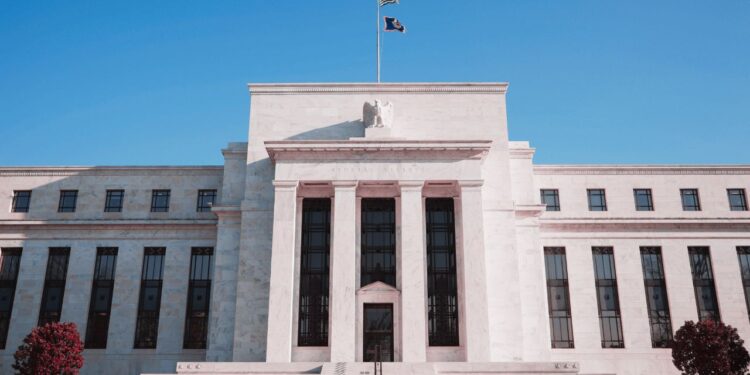What’s going on:
Federal Reserve Chairman Jerome Powell has indicated that the central bank is likely to raise interest rates in the coming months, but at a slower pace than previously anticipated, according to The Wall Street Journal.
The news comes after the Fed left rates unchanged last week after following 10 consecutive policy meetings where they were raised to fight inflation. The Fed is currently holding interest rates at 5-5.25%, according to CNBC.
Why it matters:
The Fed’s policy decisions on interest rates have broad implications for the U.S. workforce, as they influence many aspects of the U.S. economy. Higher interest rates can lead to tighter financial conditions, like increased borrowing costs, which can impact a company’s ability to invest, grow, and create jobs. This ultimately has a negative effect on the U.S. labor market and U.S. workers, because it will directly impact cost-of-living expenses as a direct result.
How it’ll impact the future:
A more moderate pace of interest rate hikes may help prevent a sharper-than-anticipated economic slowdown. However, if the economy proves more resilient than expected and inflation remains high, the Fed may need to increase rates higher than initially planned, potentially causing disruptions in the labor market.
The future of the workforce will be influenced by the balance between combating inflation and maintaining economic growth. A measured approach to raising interest rates may help maintain stability in the job market, allowing businesses to continue investing in their workforce and creating new opportunities for workers.


 Dr. Gleb Tsipursky – The Office Whisperer
Dr. Gleb Tsipursky – The Office Whisperer Nirit Cohen – WorkFutures
Nirit Cohen – WorkFutures Angela Howard – Culture Expert
Angela Howard – Culture Expert Drew Jones – Design & Innovation
Drew Jones – Design & Innovation Jonathan Price – CRE & Flex Expert
Jonathan Price – CRE & Flex Expert











